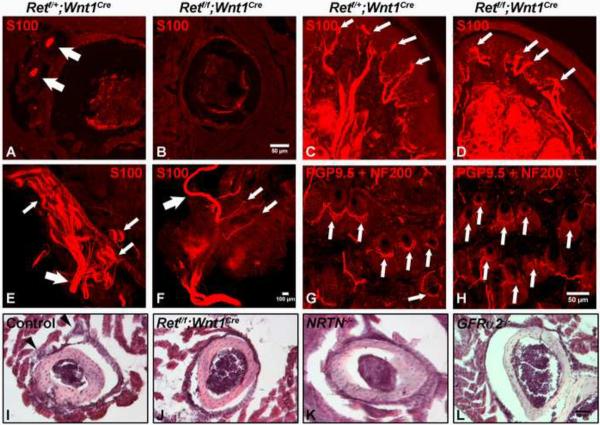Figure 6. NRTN-GFRα2/Ret signaling is required for development but not maintenance of Pacinian corpuscles.
A–B: Anti-S100 immunostaining of Pacinian corpuscles (white arrows) in the periosteum of the fibula of P14 control and Retf/f;Wnt1Cre mice. Pacinian corpuscles (white arrows) are completely absent (35 ± 5 control vs. 0 mutant, per side) in the Retf/f;Wnt1Cre mice, as visualized using both sections and whole-mount staining (E–F). C–D: Staining of Meissner corpuscles in P14 control and Retf/f;Wnt1Cre mice. Meissner corpuscles (white arrows) appear in normal number in the absence of Ret signaling. However, the morphology of Meissner corpuscles in Retf/f;Wnt1Cre mice is slightly disorganized relative to those found in control mice. E–F: Anti-S100 whole mount immunostaining of Pacinian corpuscles from P14 control and Retf/f;Wnt1Cre mice, Large arrows indicate the interosseous nerve. In the control periosteum membrane, sensory nerves exhibit a tree-like structure on which Pacinian corpuscles are formed (small white arrows indicate a few examples). In contrast, only a few small nerve branches are present (small white arrows), but neither Pacinian corpuscles nor the tree-like nerve branch structures are observed in the Retf/f;Wnt1Cre periosteum membrane, suggesting RA mechanosensory nerves are not present in the absence of Ret. G–H: Staining of longitudinal lanceolate endings (white arrows) in P14 control and Retf/f;Wnt1Cre mice. Longitudinal lanceolate endings are present in Retf/f;Wnt1Cre mice, although they appear morphologically underdeveloped. Higher magnification and quantification of these endings are shown in fig. S11A–C. I–L: H & E staining of Pacinian corpuscles in P14 control (black arrow heads), Retf/f;Wnt1Cre, NRTN null and GFRα2GFP null mice. H & E staining is used here to rule out the potential confounding issue of decreased S100 expression in mutant mice. N≥3 for each mutant genotype.

